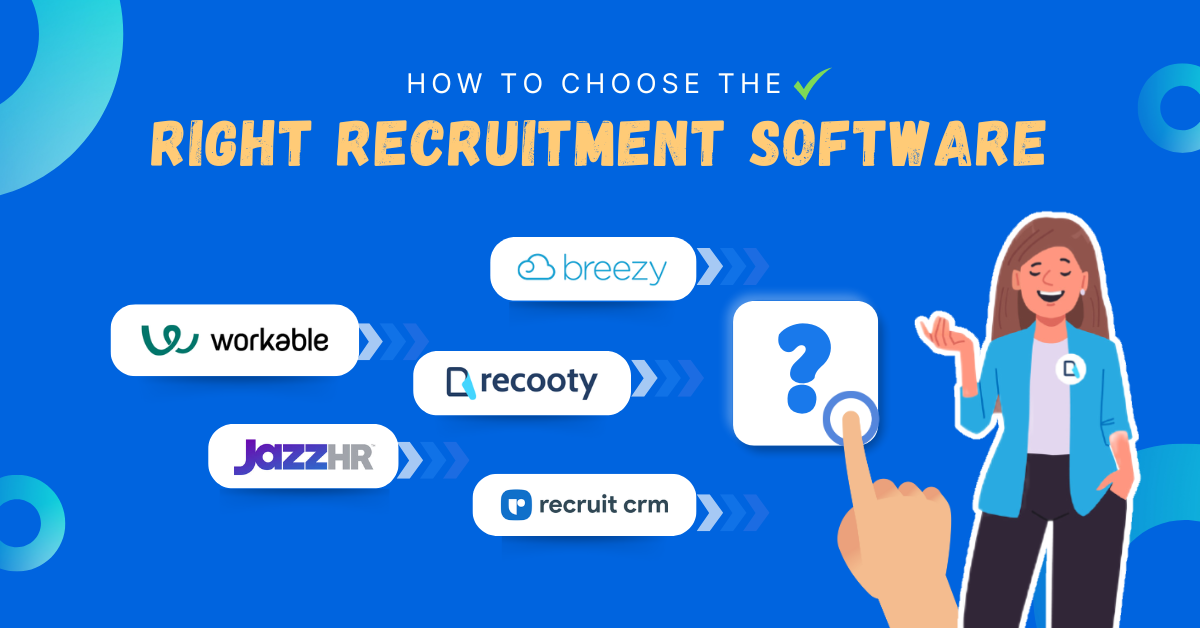
Performance reviews are always a tricky business. Employees have huge expectations from their employers or managers for delivering honest deliveries. Simultaneously, managers have the huge responsibility of fulfilling their expectations. Almost each one of us has definitely gone through the torture of a bad performance review. Everyone has faced the torment of a well-intentioned but badly executed performance review at some point or another in their careers. Performance reviews are time-consuming. So, very few managers enjoy doing it. However, while it seems easy to simply walk away from it, as a manager you must give your employees what they actually need to hear. So, we have put together a comprehensive guide to performance reviews for you. This post will help you understand the importance of performance reviews and the do’s and don’ts while doing it.
Why Are Performance Reviews Important?
Your employees always seek feedback. They expect their managers to determine their respective weaknesses and strengths. They always look for scope for improvement. Your employees seek appreciation, as well as they, need their managers to point out where they are wrong. Well-executed performance reviews are a very crucial part of the employee engagement strategy of any organization. Most managers think that annual performance reviews are enough. But, the truth is that annual reviews are mostly based on the manager’s memory. So, reviewing your employees’ performance on a regular basis is way better and effective than boring, conventional annual reviews. It has been found that 43% of highly engaged employees’ performances are reviewed at least once a week.
Performance reviews on a regular basis ensure that employees are successfully fulfilling their job requirements. Also, great performance reviews align your business growth with your employees’ personal and professional development. Employees are more driven and productive when they know what their performance contributes to achieving the company’s long-term and short-term goals. So, great employee performance reviews improve employees individually, as well as the organization eventually.
Having said all this, giving a performance review is a two-way street. The manager as well as the employees, both have to be comfortable with the information that is being presented. So, let’s take a look at this guide to performance reviews and the do’s and don’ts while doing so.
The Do’s
Make It Frequent
Traditionally, performance reviews are an usually an annual event. However, scheduling frequent performance reviews can bring a huge change in the overall working of your organization. It improves the overall performance in your workplace. Reviewing the performances of your employees more often makes you efficient in spotting room for improvements. Also, regular performance reviews keeps the communication trail between you and your employees going. So, in turn, it enhances your employee engagement. Making performance reviews a frequent process also helps you identify promotion opportunities as well as training needs within your workforce.
Be Fully Prepared
Don’t just walk into giving a performance review blindly. Managers should prepare well when they’re about to give performance reviews to their employees. Make sure that your performance reviews are scheduled at a time that is compatible with your employees too. Make sure your performance review meetings are interactive. Your performance reviews should revolve around rich employee data from diverse sources. Be prepared beforehand about the shared agenda. Allow your employees to contribute their thoughts too. Focus on your employees’ results and their behavior.
Align On Expectations And Set Goals
Performance review conversations can be tough sometimes. For instance, in a case where an employee is not performing so well, you need to help and improve your employees. So, doesn’t matter what are the components of your performance reviews, goal setting is an important step. It is crucial that your employees must know what is expected of them. So, make sure that your performance reviews are goal setting. After the performance reviews, your employees should know their further responsibilities and act accordingly.
The Don’ts
Make It A One-Way Process
The biggest mistake that managers commit is to think that performance review is a one-way, top-down process. If you want an effective review system, you have to make it a two-way process. All the aspects of your performance reviews should involve the main subject, that is, the employee. You need to engage your employees too in the review system because they probably know themselves better than anybody else. You can ask your employees to conduct a self-evaluation and compare it to yours. In a nutshell, your performance review strategy should not entirely depend on only your evaluation skills.
Be Too Vague
Your employees want detailed feedback about their performance. Doesn’t matter whether it’s positive or negative, a performance review should be well detailed and descriptive. Just a 10 minutes performance review doesn’t really work when it comes to detailed feedback. Managers should not wait until the last moment to come up with a performance review. Because if they do, such reviews and evaluations are extremely vague. They are usually short, and as brief as possible. Unfortunately, such vague performance reviews do not help anyone. So, managers should stop being vague and start focusing on the specifics of the employee’s performance in order to review it properly.
Use Performance Reviews For Discipline
Performance reviews should be focused on evaluating an employee’s performance and not threatening them. It is ineffective as well as hinders the productivity of your employees. So, managers should ensure that they keep progressive discipline absolutely out of the performance reviews. If it is necessary, managers should lay out consequences of any kind of undesired behavior in a very logical way. Make sure you stay calm throughout the performance review process and keep an optimistic and happy tone.




